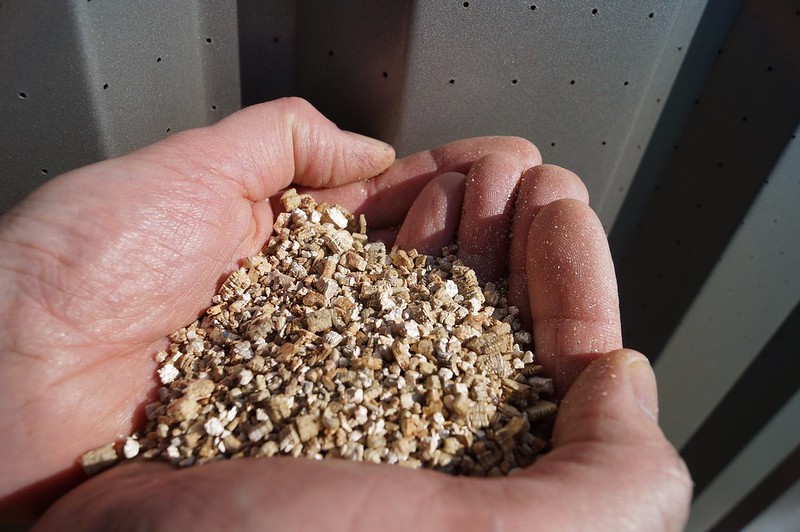
CASE STUDY:
SOLAR HEAT STORAGE
Overview
Heating space and water in buildings accounts for about ¼ of all energy consumption, making it the biggest challenge in providing affordable low carbon energy.
At peak demand in winter, UK gas usage exceeds electricity use by around five times and in a future without gas, there will be insufficient capacity within our electrical grid to meet the demand for heating. Heating is most often required at night or in winter, when the sun is not shining and therefore, heat storage is a key enabler to time shift the generation capacity of solar thermal technologies.
Aim
From Day to Night – Solar Store
The SHED, located in Margam, is heated year-round without the requirement of gas. Warm air from a Transpired Solar Collector is passed through a heat exchanger creating warm water, which is subsequently routed to a heat pump which raises the water temperature to around 50°C. The hot water can then be used directly or stored in a water tank until required, with release via fan coil units or highly efficient radiators.
From Summer to Winter
Inter-seasonal heat storage using thermochemical materials will enable longer-term storage of heat.
• Thermochemical storage materials use the fully reversible hydration and dehydration reactions of chemical salts such as CaCl2
• To store energy, hot air is passed over the SIM (Salt in Matrix), removing moisture and storing the energy (endothermic reaction)
• To recover the energy, humid air is passed over the SIM (exothermic reaction), releasing heat. This can be repeated over numerous cycles.
Such solar thermal systems could reduce large buildings’ heating demand by 80%. This technology has the potential to be truly transformative.
Impact

